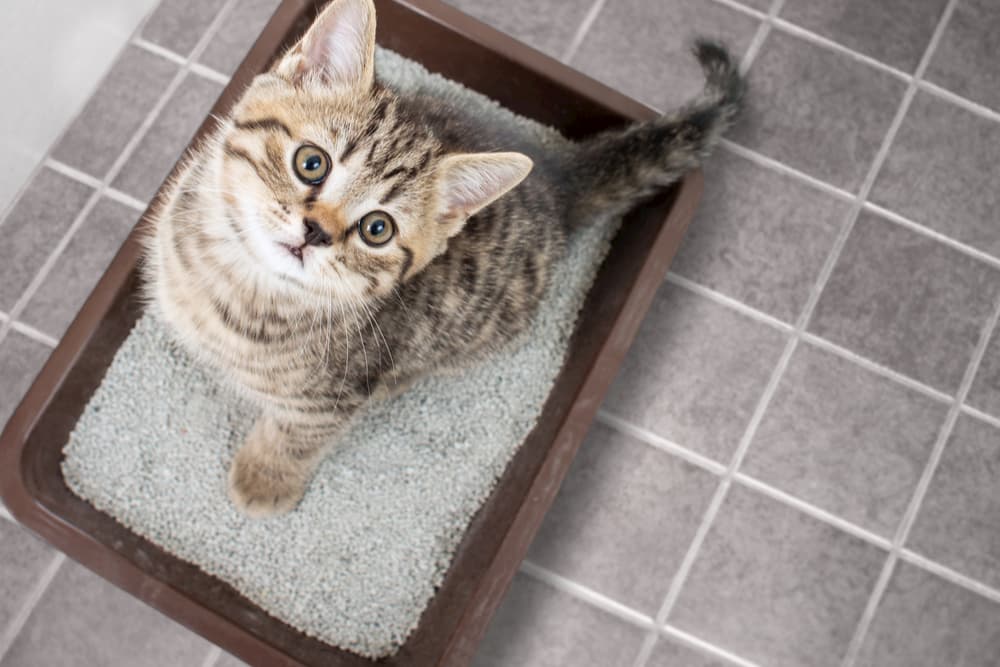The Significance of Not Emptying Animal Waste Down the Toilet
The Significance of Not Emptying Animal Waste Down the Toilet
Blog Article
They are making a few good points related to Don't Flush Your Pets Poo Down The Loo, Vet Warns in general in this great article following next.

When it involves getting rid of waste, specifically animal waste, many individuals often resort to the convenient alternative of flushing it down the commode. However, this seemingly easy solution can have significant effects for the setting and public health. In this article, we'll check out why flushing animal waste down the commode is a negative idea and give different approaches for appropriate disposal.
Introduction
Proper garbage disposal is vital for maintaining ecological sustainability and public health. While it might appear safe to flush animal waste down the bathroom, it can bring about numerous problems, both for the atmosphere and human health.
Threats of flushing pet waste
Ecological impact
Flushing animal waste introduces hazardous microorganisms and microorganisms into waterways, which can adversely affect water communities. These microorganisms can contaminate water sources and injury marine life, disrupting fragile ecosystems.
Public health concerns
Animal waste includes unsafe microorganisms such as E. coli and Salmonella, which can pose severe health dangers to people. Flushing pet waste down the bathroom can pollute water materials, resulting in the spread of diseases and infections.
Alternatives to flushing
Instead of purging animal waste down the bathroom, there are a number of alternative disposal methods that are extra eco-friendly and hygienic.
Composting
Composting pet waste is an environmentally friendly method to take care of it. By composting, organic matter is broken down into nutrient-rich soil, which can be utilized to feed gardens and plants.
Landfill disposal
Disposing of animal waste in a landfill is an additional choice. While not as environmentally friendly as composting, it is a much safer more info alternative to flushing, as it protects against the contamination of water resources.
Pet garbage disposal systems
There are specialized family pet waste disposal systems offered that safely and hygienically take care of animal waste. These systems usually utilize enzymes to break down waste and eliminate odors.
Steps to appropriate pet garbage disposal
To ensure correct disposal of animal waste, comply with these actions:
Scooping and bagging waste
Regularly scoop and bag pet waste using biodegradable bags. This stops waste from infecting the environment.
Utilizing marked waste bins
Dispose of bagged animal waste in designated waste bins, such as compost bins or landfill bins. Prevent flushing it down the commode in all expenses.
Cleaning can and pet dog locations routinely
Consistently clean litter boxes and pet locations to prevent the buildup of waste and germs. Usage pet-safe cleansing products to maintain health.
Advantages of appropriate disposal methods
Embracing correct disposal techniques for pet waste offers a number of benefits:
Lowered environmental pollution
Appropriate disposal approaches decrease the risk of environmental pollution, protecting rivers and environments from contamination
Lessened danger of water contamination.
By avoiding flushing pet waste down the bathroom, the risk of water contamination is considerably reduced, safeguarding public health.
Enhanced hygiene and health
Proper disposal approaches advertise much better cleanliness and hygiene, creating a safer environment for both humans and pets.
Verdict
Finally, purging animal waste down the toilet is damaging to the environment and public health. By adopting different disposal techniques and following appropriate waste administration methods, we can decrease the adverse impact of animal waste and add to a cleaner, healthier planet.
What To Do With Dog Poo – The Do's And Don'ts Of Disposing Of Faeces
Dog poo bins
Some councils provide dedicated dog waste bins in popular dog-walking areas that can take dog poo that has been bagged but you can legally dispose of dog waste in any public litter bin, as long as it is securely bagged. This also applies to your wheelie bin at home.
Do not flush
Water companies do not recommend flushing dog faeces down the toilet because certain parasites can survive the water processing treatment and are potentially harmful to humans. You should also never consider flushing dog poo that has been bagged down the toilet as the bags will not break down and instead create severe blockages in the sewage system.
In the woods
The Forestry Commission promotes a ‘stick and flick’ method for dealing with waste in the woods. This means finding a stick and using it to flick any poo from off the path so that it is out of the way of other walkers. You could also bury it as long as it is not in an area where there might be livestock.
Livestock
Parasites found in dog poo can be transmitted to livestock if they inadvertently eat infected faeces that has been left on grazing land. This could result in the death of sheep or abortion in cattle so you should always make sure you pick up your dog’s waste in fields where livestock could be present.

Consistently clean litter boxes and pet locations to prevent the buildup of waste and germs. Usage pet-safe cleansing products to maintain health.
Advantages of appropriate disposal methods
Embracing correct disposal techniques for pet waste offers a number of benefits:
Lowered environmental pollution
Appropriate disposal approaches decrease the risk of environmental pollution, protecting rivers and environments from contamination
Lessened danger of water contamination.
By avoiding flushing pet waste down the bathroom, the risk of water contamination is considerably reduced, safeguarding public health.
Enhanced hygiene and health
Proper disposal approaches advertise much better cleanliness and hygiene, creating a safer environment for both humans and pets.
Verdict
Finally, purging animal waste down the toilet is damaging to the environment and public health. By adopting different disposal techniques and following appropriate waste administration methods, we can decrease the adverse impact of animal waste and add to a cleaner, healthier planet.
What To Do With Dog Poo – The Do's And Don'ts Of Disposing Of Faeces
Dog poo bins
Some councils provide dedicated dog waste bins in popular dog-walking areas that can take dog poo that has been bagged but you can legally dispose of dog waste in any public litter bin, as long as it is securely bagged. This also applies to your wheelie bin at home.
Do not flush
Water companies do not recommend flushing dog faeces down the toilet because certain parasites can survive the water processing treatment and are potentially harmful to humans. You should also never consider flushing dog poo that has been bagged down the toilet as the bags will not break down and instead create severe blockages in the sewage system.
In the woods
The Forestry Commission promotes a ‘stick and flick’ method for dealing with waste in the woods. This means finding a stick and using it to flick any poo from off the path so that it is out of the way of other walkers. You could also bury it as long as it is not in an area where there might be livestock.
Livestock
Parasites found in dog poo can be transmitted to livestock if they inadvertently eat infected faeces that has been left on grazing land. This could result in the death of sheep or abortion in cattle so you should always make sure you pick up your dog’s waste in fields where livestock could be present.

We had been introduced to that article on Can You Flush Dog and Cat Poo Down the Toilet? from someone on another web address. Sharing is nice. Helping people is fun. Many thanks for going through it.
Get Quote Report this page